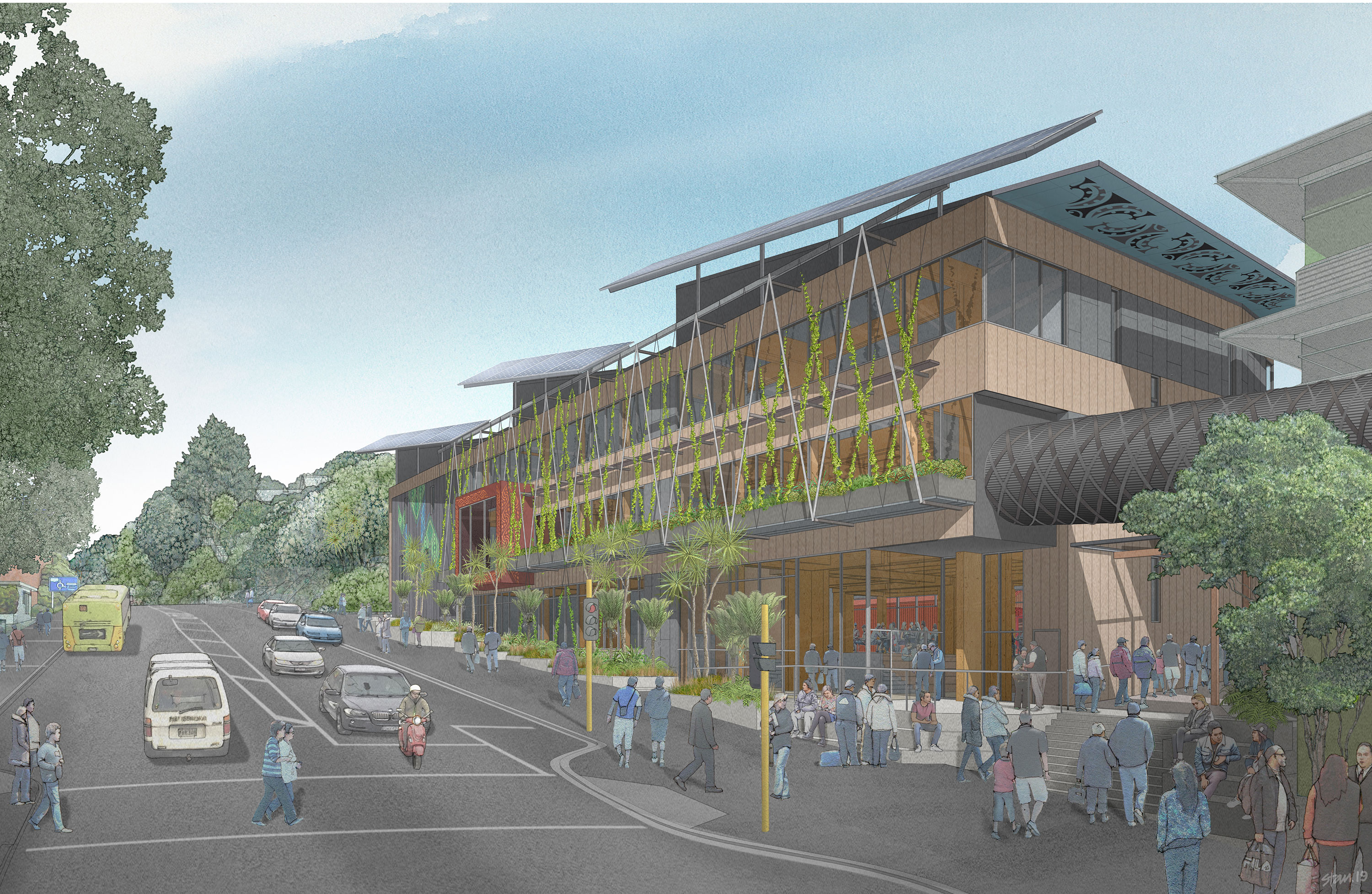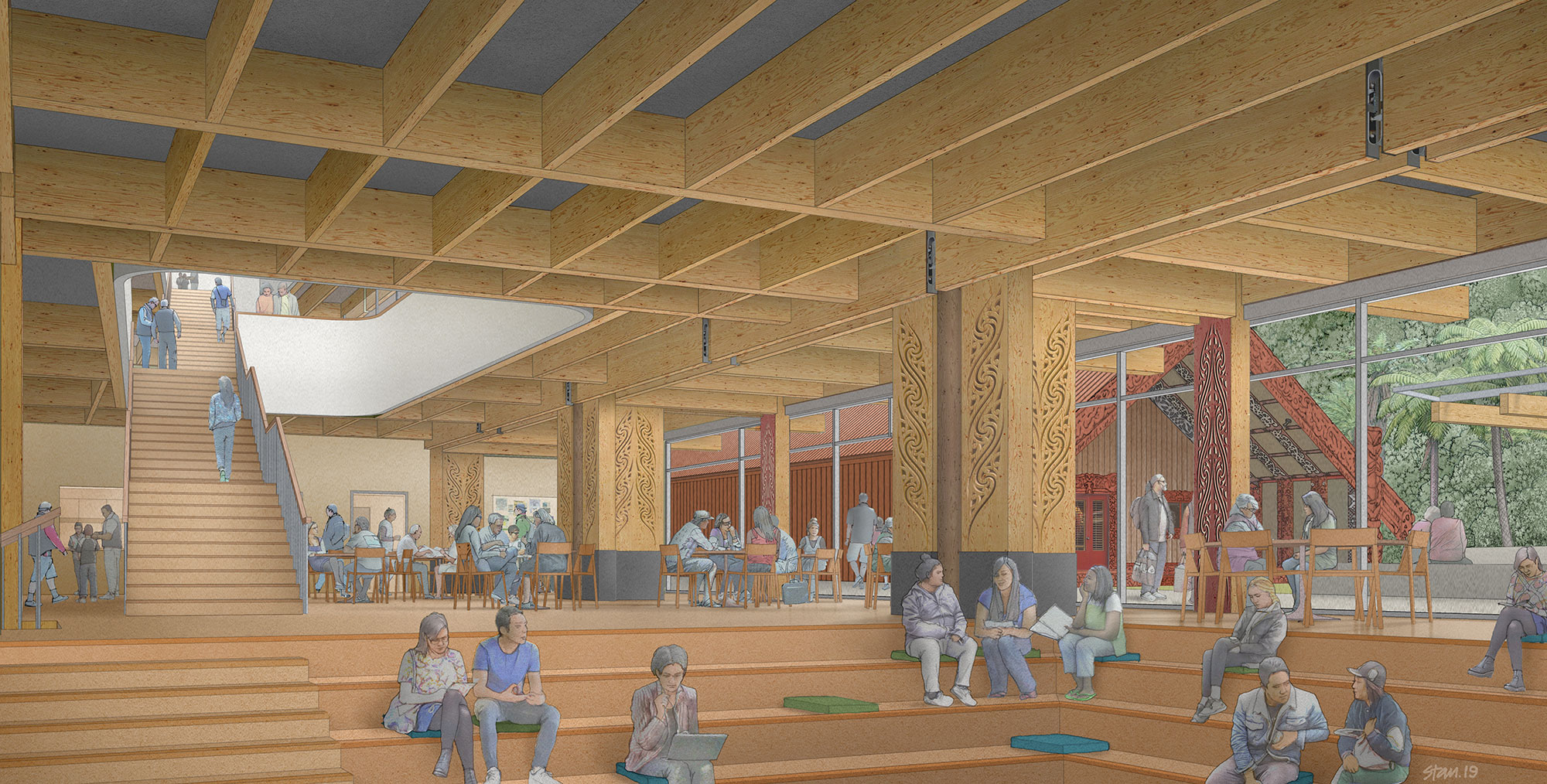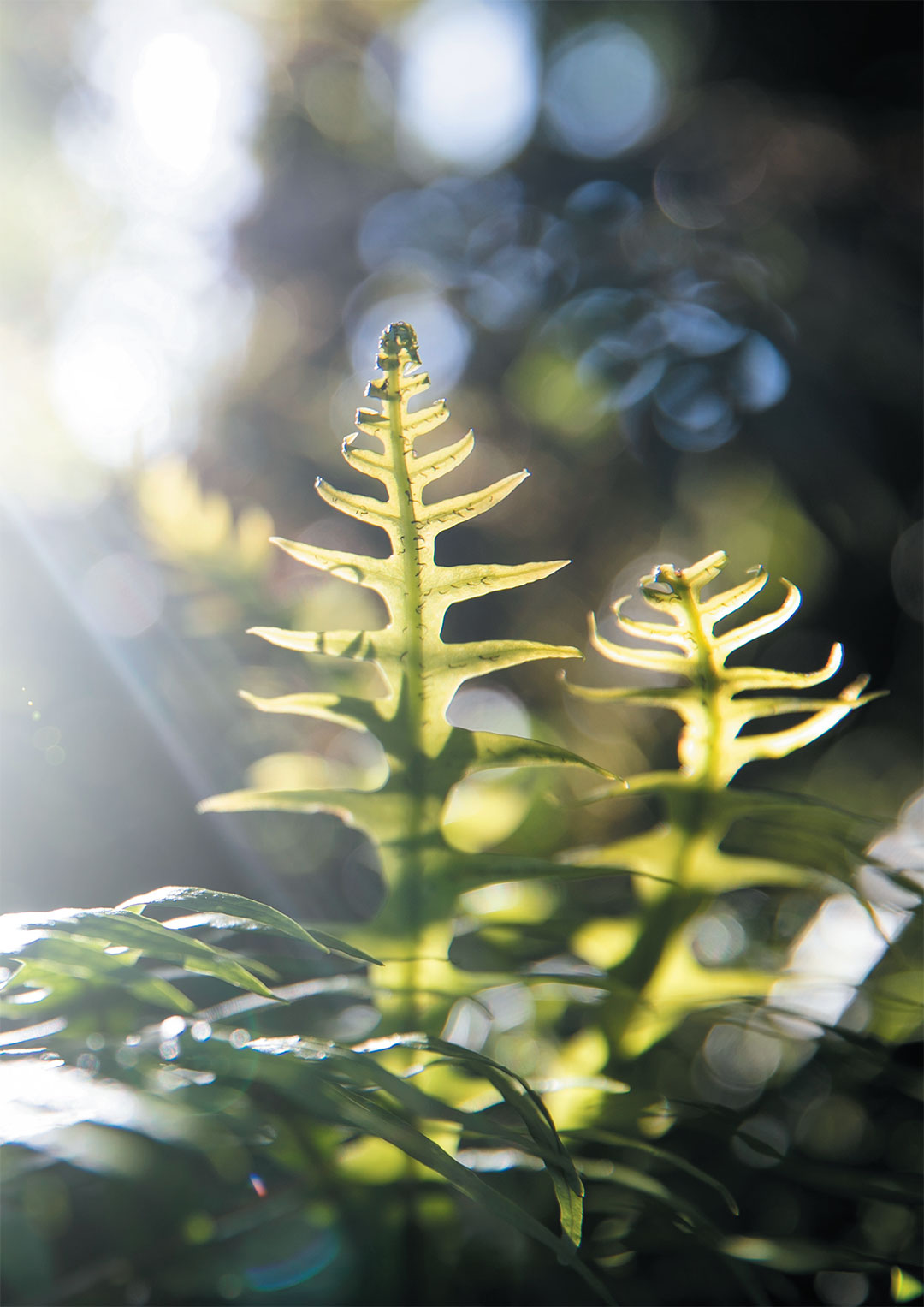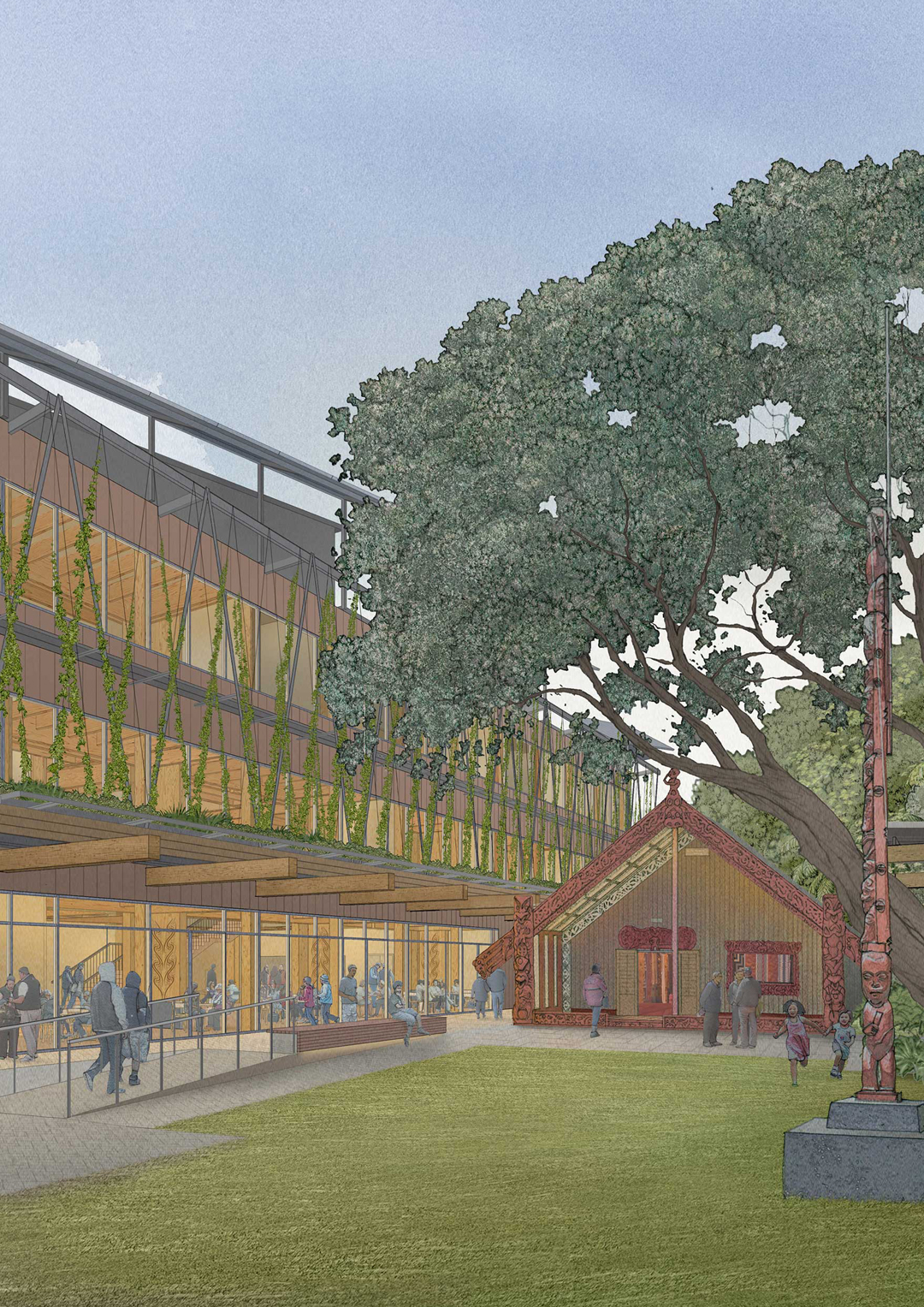Alistair agrees. “You want people to play with the building,” he says. “The idea is that they learn, and the building learns, so things get better.” The Living Pā will be a high performance building— as people occupy and engage with their surroundings, the light, heating, and ventilation in response to their needs, the building will anticipate those preferences over time to provide comfortable conditions.
Patrick says that throughout history, buildings were designed to work passively. “In the last 100 years, we’ve forgotten much of that. People now expect the same level of comfort day in, day out, making buildings inefficient and expensive to service.” By contrast, a living building doesn’t require continual servicing. “The building responds to the environment so that the external environment does the bulk of the heavy lifting for internal conditions.” Central light wells and opening windows provide natural light and ventilation, solar panels generate energy, and insulation moderates temperature fluctuations.











